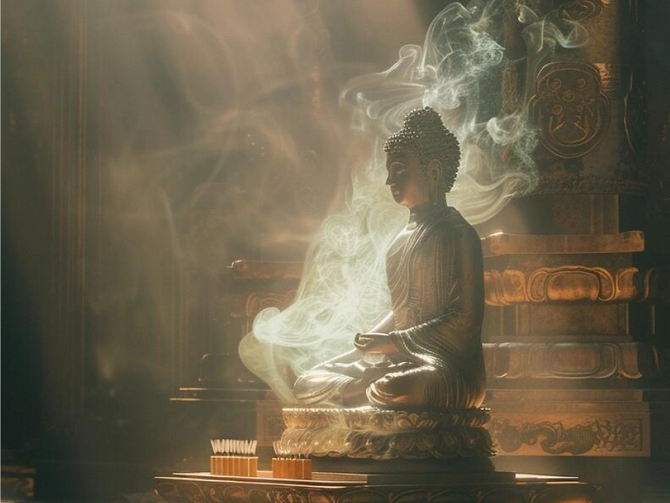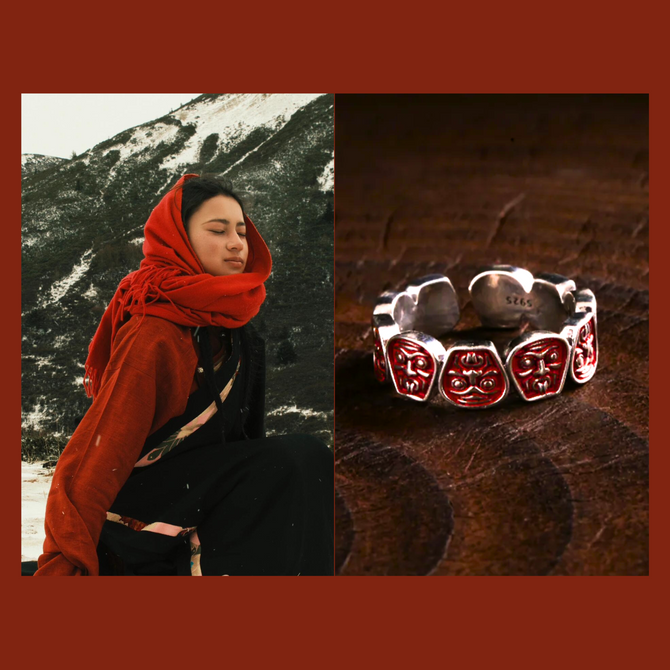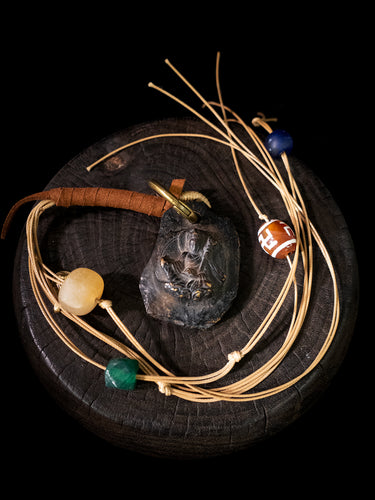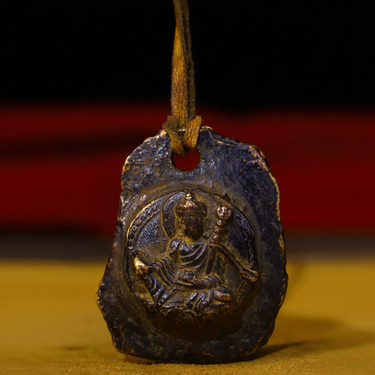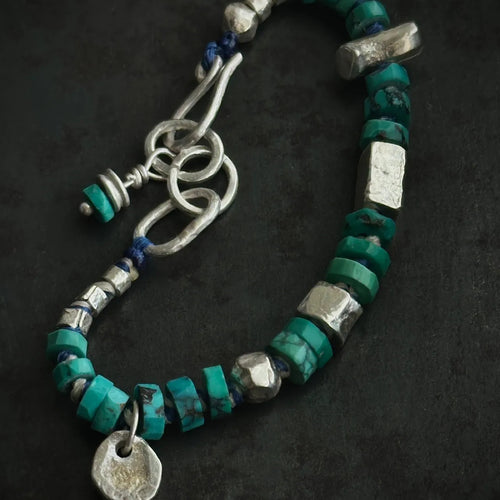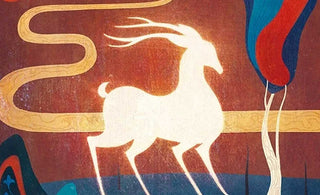
At Oriental Aesthetics, we pride ourselves on providing systematic, high-quality professional services for oriental artists, collectors, and enthusiasts who appreciate and love classical oriental art. Today, we delve into the captivating world of tortoise symbolism, exploring its origins, folklore, and enduring significance in various cultures. Join us on a journey of discovery as we unravel the fascinating tales woven around this revered creature.
The Tortoise in Ancient Mythology
The tortoise has a rich history intertwined with ancient mythology and folklore across different cultures. In addition to its significance in Chinese mythology, the tortoise holds a prominent place in various other ancient belief systems.
In Egyptian mythology, the tortoise was associated with the primordial deity known as Geb, often depicted as a man with a tortoise shell on his head. Geb represented the earth and was believed to be the father of all living beings. The tortoise's connection with Geb symbolized the cycle of life and death, highlighting the tortoise's ability to endure and adapt to the ever-changing world.
In Greek mythology, the tortoise played a role in the famous tale of Hermes, the messenger of the gods. According to the myth, Hermes created the first lyre, a musical instrument, by attaching strings to a tortoise shell. This act demonstrated the tortoise's contribution to artistic expression and creativity.
In Native American folklore, the tortoise is regarded as a wise and ancient creature. It is often associated with creation myths and seen as a symbol of longevity, patience, and wisdom. Some Native American tribes believe that the tortoise carries the wisdom of the ages on its back, making it a revered figure in their cultural narratives.
The tortoise's presence in these diverse mythologies showcases its universal appeal and enduring symbolism. It represents qualities such as resilience, stability, wisdom, and the ability to navigate the complexities of life. These ancient myths continue to influence artistic representations of the tortoise and highlight its profound significance in human culture.
Tortoise Symbolism in Chinese Art
In Chinese art, the tortoise has been a popular subject for centuries. Artists meticulously portray its distinct features, such as the intricate patterns on its shell and its wise, contemplative eyes. These artworks not only capture the physical likeness of the tortoise but also convey its symbolic significance.
The tortoise's depiction in Chinese art often emphasizes its association with longevity and wisdom. It serves as a reminder of the importance of patience, perseverance, and the accumulation of knowledge over time. The tortoise's presence in paintings and sculptures evokes a sense of reverence and invites viewers to contemplate the deeper meanings embedded within.
The Tortoise in East Asian Culture
Beyond China, the tortoise holds symbolic value in other East Asian cultures as well. In Japan, it is believed that the tortoise represents good luck, longevity, and protection against misfortune. Japanese folklore tells of a magical tortoise called "Minogame" that lives for thousands of years and possesses a tail covered in seaweed, symbolizing wisdom and longevity.
Similarly, in Korean folklore, the tortoise is regarded as a symbol of wisdom, longevity, and good fortune. It is often associated with the mythical creature "Gobu," a tortoise-like spirit that grants wishes and brings prosperity to those who encounter it.
Tortoise Symbolism around the World
The symbolism of the tortoise extends beyond East Asia and permeates various cultures around the world. From ancient Egypt to Native American folklore, the tortoise holds a significant place in the collective consciousness of humanity.
In ancient Egyptian culture, the tortoise was linked to the god Geb, who represented the earth. Geb was often depicted with a tortoise shell on his head, symbolizing the tortoise's association with the cycle of life and death. The tortoise embodied the idea of endurance and stability, reflecting the earth's steadfast nature.
In Native American folklore, the tortoise is revered as a wise and ancient creature. It is seen as a symbol of resilience, patience, and the ability to navigate the challenges of life. Some tribes believe that the tortoise carries the wisdom of the ages on its back, embodying the collective knowledge of their ancestors.
In African mythology, the tortoise is a common character in folktales and legends. It is often portrayed as a cunning and wise figure, using its intelligence to outwit others. The tortoise's cleverness and adaptability serve as valuable lessons in these stories, emphasizing the importance of wit and resourcefulness.
Even in ancient Greece, the tortoise had its place in mythology. In the story of Hermes, the messenger of the gods, he created the first lyre using a tortoise shell. This act not only highlighted the tortoise's contribution to artistic expression but also symbolized the harmonious blending of nature and music.
The widespread presence of tortoise symbolism across different cultures demonstrates its universal appeal and enduring power. It represents qualities such as wisdom, longevity, adaptability, and the ability to withstand challenges. The tortoise's symbolism continues to inspire artists, storytellers, and individuals seeking guidance and inspiration from the natural world.
Conclusion
At Oriental Aesthetics, we celebrate the rich symbolism and cultural heritage of the tortoise in classical oriental art. Through our comprehensive services, we strive to provide a platform for artists, collectors, and enthusiasts to explore, appreciate, and acquire these masterpieces. Our curated collection showcases exquisite artworks that capture the timeless wisdom, longevity, and spiritual depth embodied by the tortoise.
With our deep understanding of classical oriental art and our commitment to excellence, Oriental Aesthetics stands as a leading provider of high-quality professional services in the field. We invite you to join us on this journey of discovery, as we unlock the symbolic power and profound meanings of classical oriental art.



